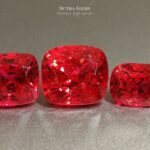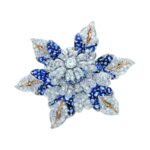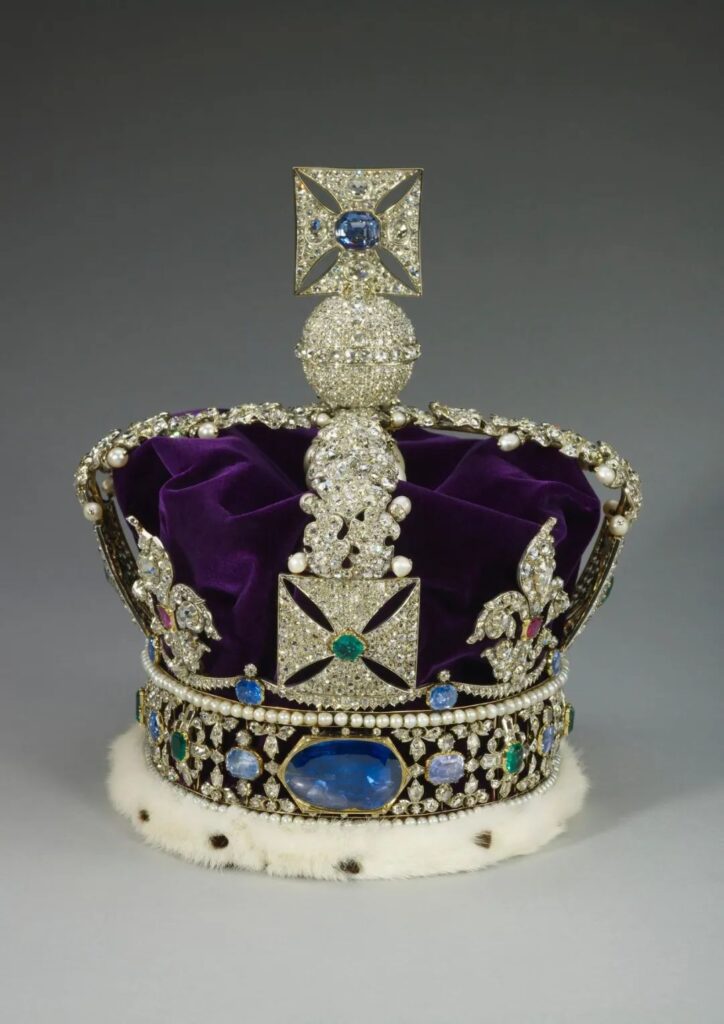
Those who have been continuously working in the diamond industry know that in the past two years, the emergence of “disruptors” – lab-grown diamonds – has caused turbulent undercurrents in the industry. It seems we have entered an era that no one can predict, with an uncertain future ahead.
However, there’s no need to fall into excessive panic or engage in meaningless debates. As the editor wrote in the preface: “Natural diamonds have been ‘a girl’s best friend’ for a century because they are brilliant, hard, rare, and expensive. One can have many friends, but perhaps there’s only one ‘best friend’!”
The Past, Present, and Future of the Diamond Legend
If human civilization history is a comprehensive and three-dimensional poetic history, then the narrative about diamonds must carry a unique brilliance. The preciousness of natural diamonds lies not only in their dazzling sparkle but perhaps also in their inherent inaccessibility, much like the moon.
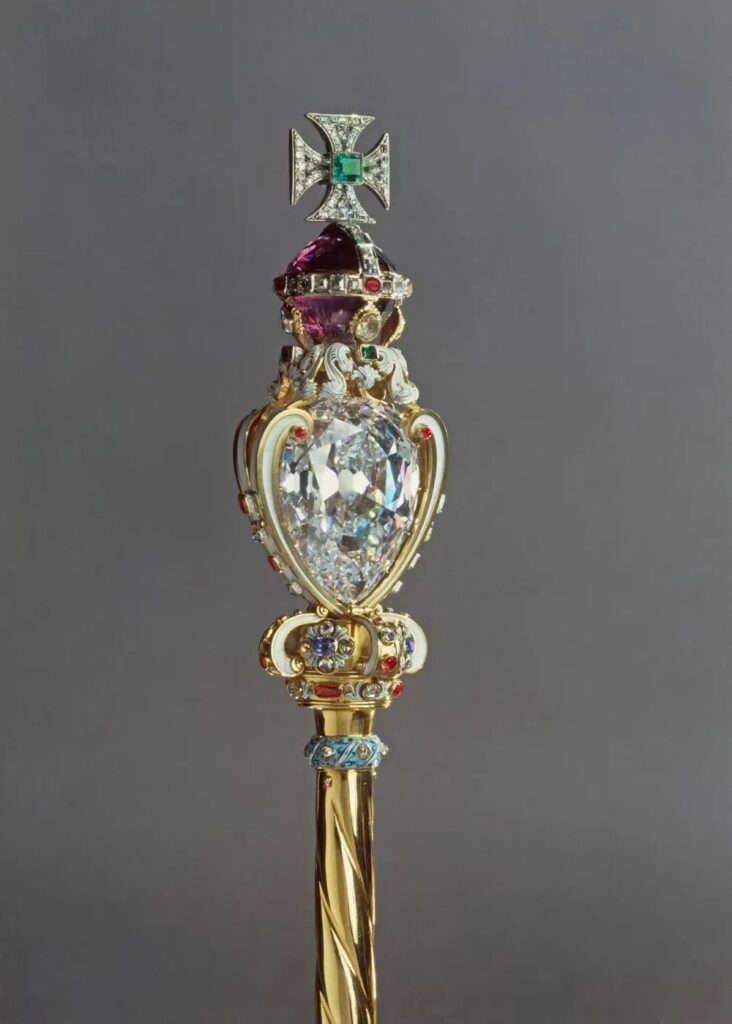
A diamond’s journey begins about 200 kilometers deep in the Earth’s mantle. The formation of diamonds can be traced back to as early as 4.5 billion years ago, with most forming between 3.3 billion years ago and 1.2 to 1.7 billion years ago.
Therefore, every natural diamond is one of the oldest treasures on Earth, which is why it has been used to symbolize power, wealth, love, and self-expression. In this “Jewelry Culture” issue, we will explore the past, present, and future of diamonds together, experiencing the brilliance of this legend.
Supreme Royal Power, Witnessing Historical Changes
Symbol of Wealth, Passing Down Expensive Value
Token of Love, Carrying Romantic Meaning
Expressing Oneself, Adding "Sparkle" to the Future



LV Monogram star-cut diamond
Fancy Cuts – The Advanced Journey for Diamond Collectors
No one can resist the beauty of diamonds, and fancy-cut diamonds especially attract attention with their unique charm. Large diamond rough stones are scanned multiple times and precisely calculated to determine the best cutting method to minimize loss.
Fancy cuts can maximize weight retention, which is why most rare historical diamond pieces have adopted fancy cuts. If you want to experience the different allure of diamonds, take a look at these fancy-cut diamonds – they might bring you some “pleasant surprises”!
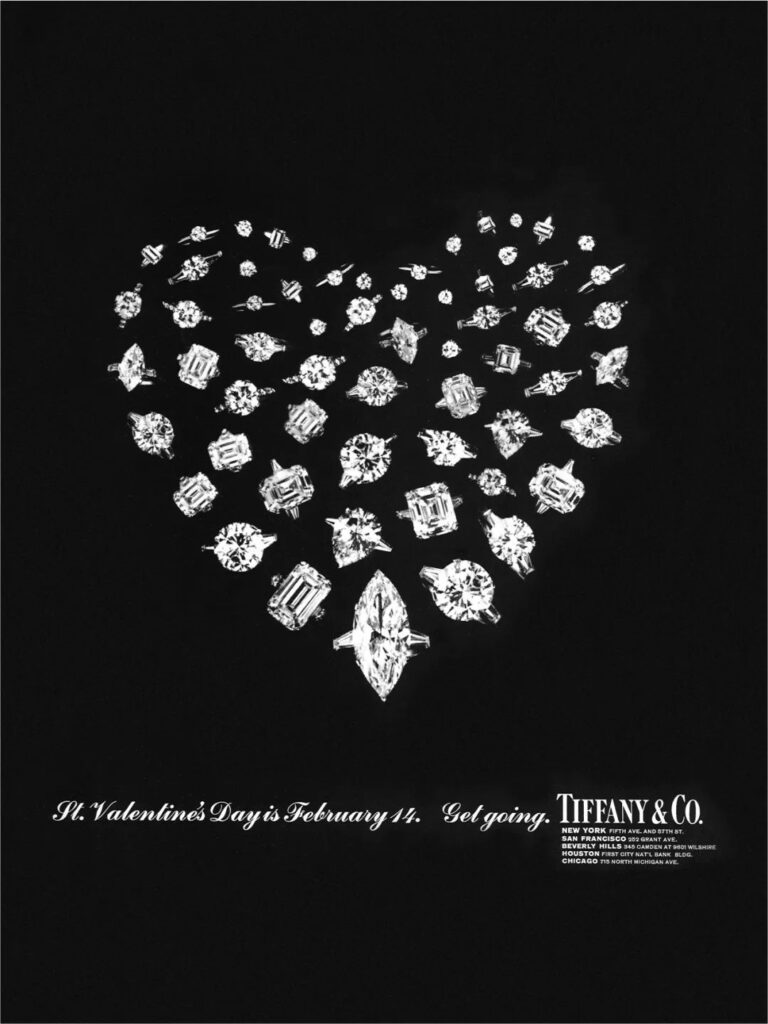
A variety of fancy cuts
Unique charm that breaks conventions
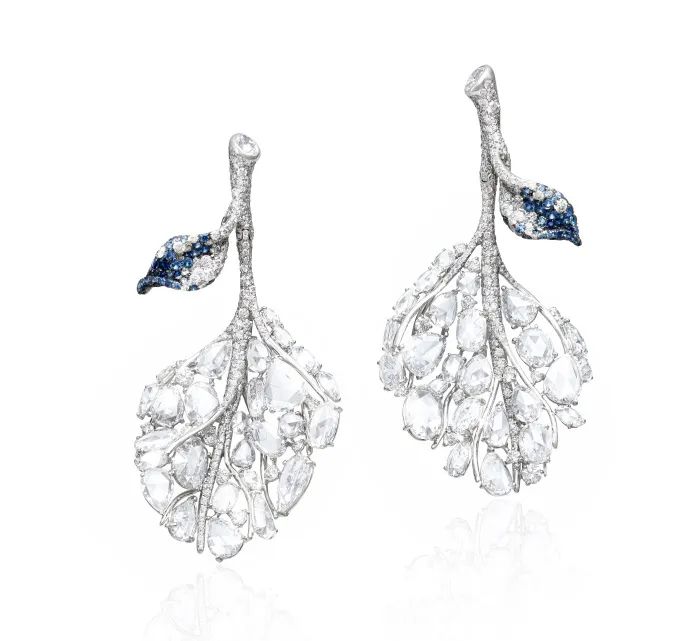
White Label High Jewelry Four Seasons Collection
Transparent Leaf Earrings
Creative new cuts
Infinite possibilities in diamond shapes
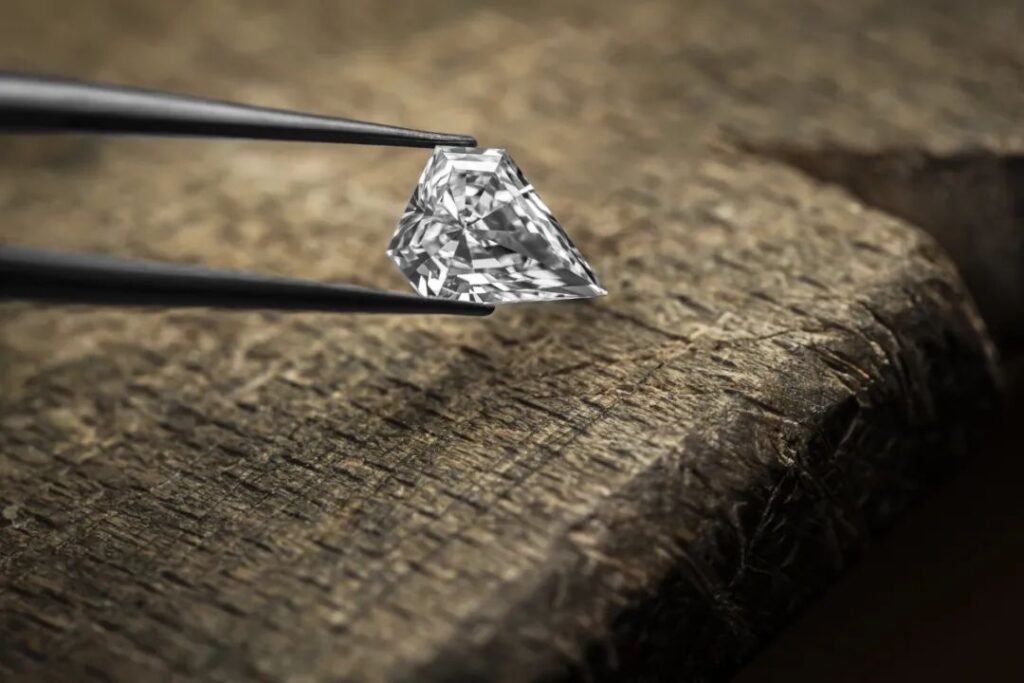
A Woman’s Transformation Journey
Recording My Time with Diamond Watches
Being 18 is great, but women who have gone through transformation are often more charming. From a young girl to entering marriage, from “Miss” to “Mrs.”, the change in identity brings a change in mindset. However, whether “Miss” or “Mrs.”, these are just how others address you.
What’s more important is finding the “Me” within. Just like diamonds, from mining to cutting to polishing, they go through a long and arduous process before being set in a watch, witnessing our precious moments.

Moser Nature Watch
When I'm "Miss", a few diamonds are enough
When I'm "Mrs.", let diamonds illuminate my growth
When I'm "Me", breaking all constraints
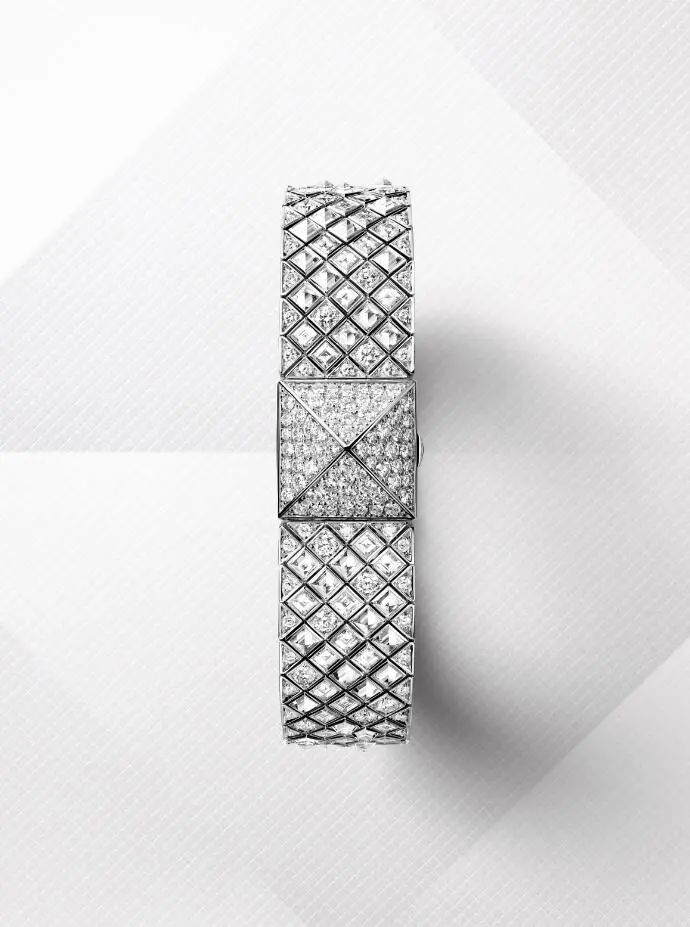
MÉDOR Mini Joaillerie jewelry watch
Diamond Buying Guide
- How to choose with different budgets?
- Buy a quartz watch or a mechanical watch?
- Do you care about diamond grades?
- Lab-grown diamonds bring more possibilities!

L’Heure du Diamant watch collection
The jewelry photoshoots brought by our partners this issue also echo the theme of “sustainability”. Among them, “Deep Sea Echo” interprets the relationship between humans and the origin of life – the ocean; while “Whispers of Time” allows you to visually appreciate the beauty of “redefining precious”.

Verus Alt high jewelry collection 18K white gold and diamond earrings
Forest Alt high jewelry collection 18K white gold and diamond ring
Miumiu
Red top, blue shorts, red skirt

Plume de Paon collection 18K white gold and diamond necklace
Rivière Vendôme collection 18K white gold and diamond necklace
Michael Kors
Black lace top, black lace skirt
This is the season where spring and summer intertwine, with unstoppable vitality bursting forth, scattered among every petal and leaf. The brilliant light and shadows seem to freeze this exquisite intersection of seasons, creating a different landscape in an instant.
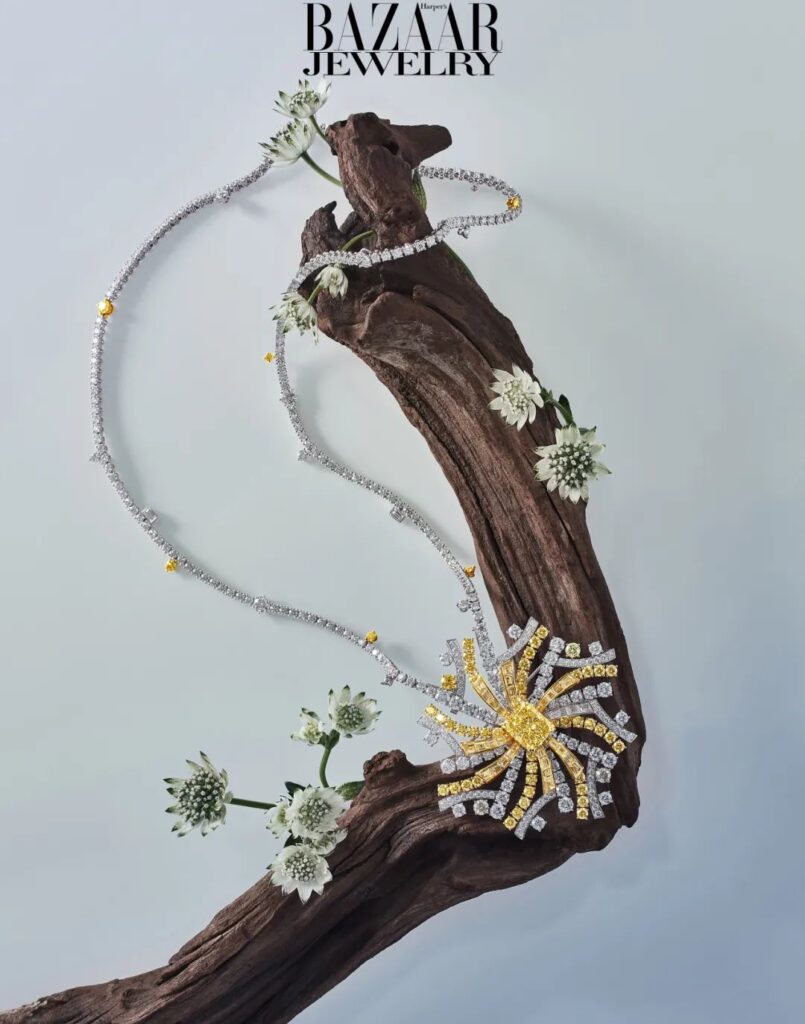
Monsieur Fred Inner Light high jewelry collection
“Shining Vitality” theme brooch and pendant
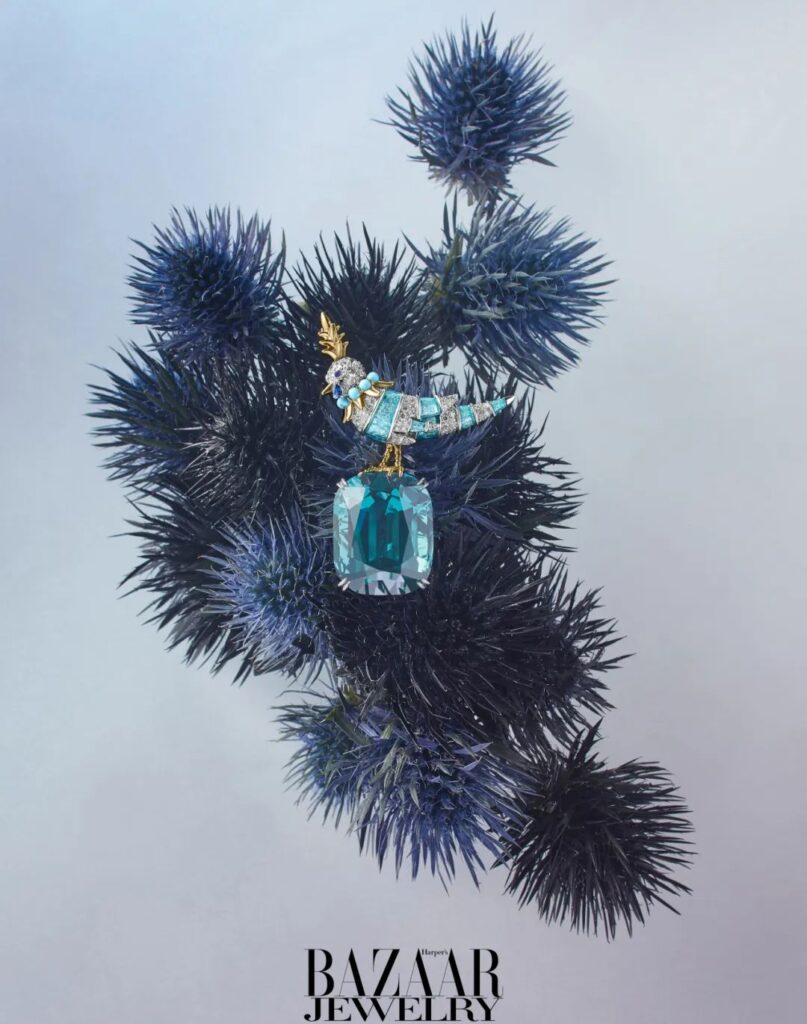
Jean Schlumberger high jewelry collection
Rainbow Bird on a Rock brooch
Platinum, 18K yellow gold, blue tourmaline, turquoise, sapphire, diamond
We hope that after reading this article, you will have a new understanding of diamonds. Whether you’re a “Miss,” “Mrs,” or “Me,” you can find the diamond jewelry that suits you best.
Will Lab-Grown Diamonds Shatter the Traditional Diamond Industry?
Tweet
Further Reading
